A Household Centrifugal Pump is a reliable appliance, but like any mechanical device, it can occasionally develop problems. The sudden occurrence of low water flow, a complete loss of pressure, or the emergence of strange noises can be disruptive and concerning. Instead of being a cause for immediate replacement, these issues often have identifiable causes that can be diagnosed and remedied. This article serves as a practical resource for troubleshooting some of the frequent challenges encountered with household Centrifugal Pumpz, offering a systematic approach to identifying and resolving these problems.
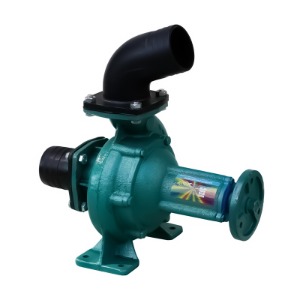
Addressing Inadequate Water Flow or Output
One of the many common complaints is a pump that operates but delivers little or no water. The one and lots of critical step is to check the power supply and ensure the pump is actually running. If it is, the issue likely lies with the water supply to the pump. A frequent cause is a loss of prime, meaning the pump casing and suction line are no longer filled with water. Centrifugal pumps are not designed to move air, and running dry can quickly cause damage. The solution is to turn off the pump and follow the manufacturer's instructions to refill, or prime, the system completely.
Another potential culprit is a blockage on the suction side. Over time, debris, sediment, or algae can clog the inlet strainer or the impeller passages inside the pump. This restricts the water entering the pump, resulting in a weak discharge. To address this, power to the pump must be disconnected, and the inlet strainer should be removed and cleaned. If the strainer is clear, the pump housing may need to be opened to inspect and clean the impeller. A less common but possible issue is a stuck or failed check valve on the discharge line, which prevents water from moving forward; this valve may need to be freed or replaced.
Diagnosing Unusual Sounds and Vibrations
Audible clues are very useful for diagnosing problems with a Household Centrifugal Pump. A specific, crackling or rumbling noise, often described as pumping marbles, can indicate cavitation. This occurs when the pump is starved for water on the inlet side, causing vapor bubbles to form and implode violently inside the pump. Cavitation is typically caused by a clogged inlet filter, a suction line that is too small or too long, a closed valve on the inlet, or the pump running at a speed higher than its design. Addressing the inlet restriction is necessary to stop cavitation and prevent damage to the impeller.
Grinding, screeching, or rumbling sounds often point to mechanical wear. These noises could mean that the bearings that support the motor shaft have become worn and need replacement. A humming sound from the motor without the shaft turning suggests the motor is receiving power but cannot start. This could be due to a seized bearing, a jammed impeller, or a failed motor capacitor. These issues generally require disassembly of the pump and professional repair.
Resolving Irregular Cycling and Performance
Sometimes, the issue is not with the pump's mechanical function but with its control system. A pump that turns on and off in rapid succession, a condition known as short cycling, is hard on the motor and indicates a problem. This is often related to the pressure switch or, in systems with a pressure tank, a waterlogged or failed air bladder inside the tank. Checking the pressure switch settings and testing the pressure tank can identify the root of the problem.
If a pump runs for a while and then shuts off unexpectedly, it may be triggering its internal thermal overload protector. This safety feature activates if the motor becomes too hot, which can be caused by operating under a heavy load for an extended period, insufficient voltage, or poor ventilation around the motor. Allowing the motor to cool and then investigating these potential causes can prevent the issue from recurring.
A Methodical Approach to Problem-Solving
Troubleshooting a Household Centrifugal Pump is effective when done calmly and systematically. Always begin by ensuring the pump is disconnected from its power source before performing any physical inspection. Start with the simplest explanations, such as a loss of prime or a clogged filter, before considering more complex internal failures. Understanding the meaning behind different sounds and symptoms provides a clear direction for your investigation. While many issues can be resolved with basic maintenance, recognizing when a problem requires professional technical skill is also a part of responsible ownership, ensuring the safe and prolonged operation of your water system.

 English
English русский
русский Español
Español

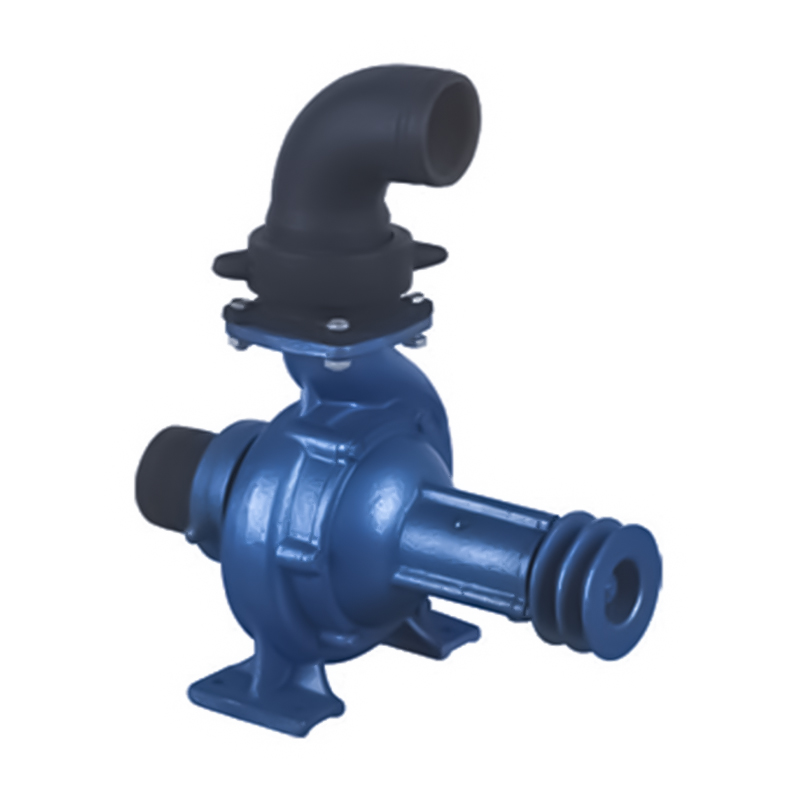
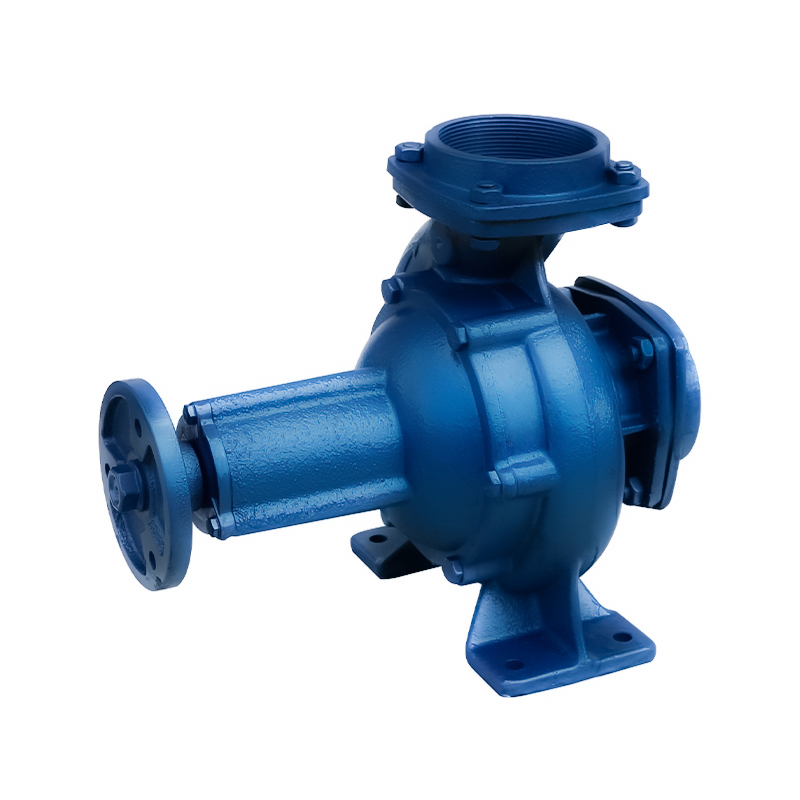
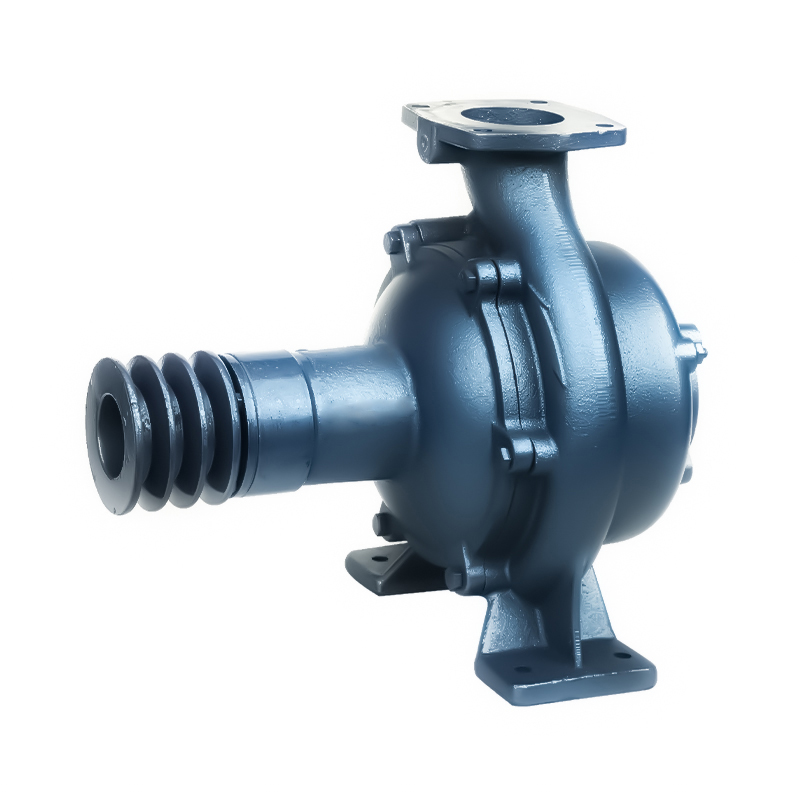
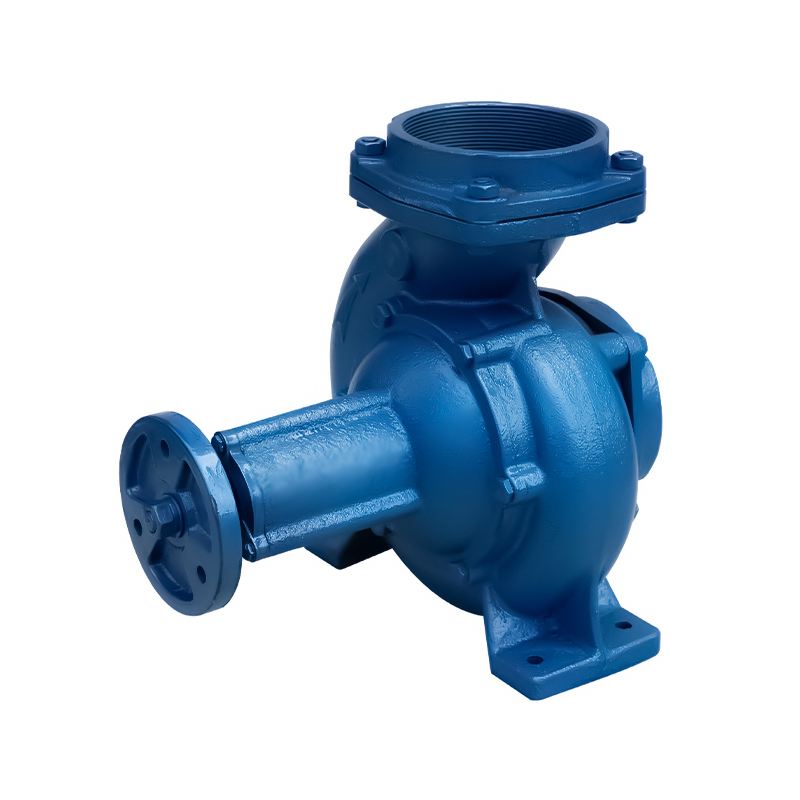

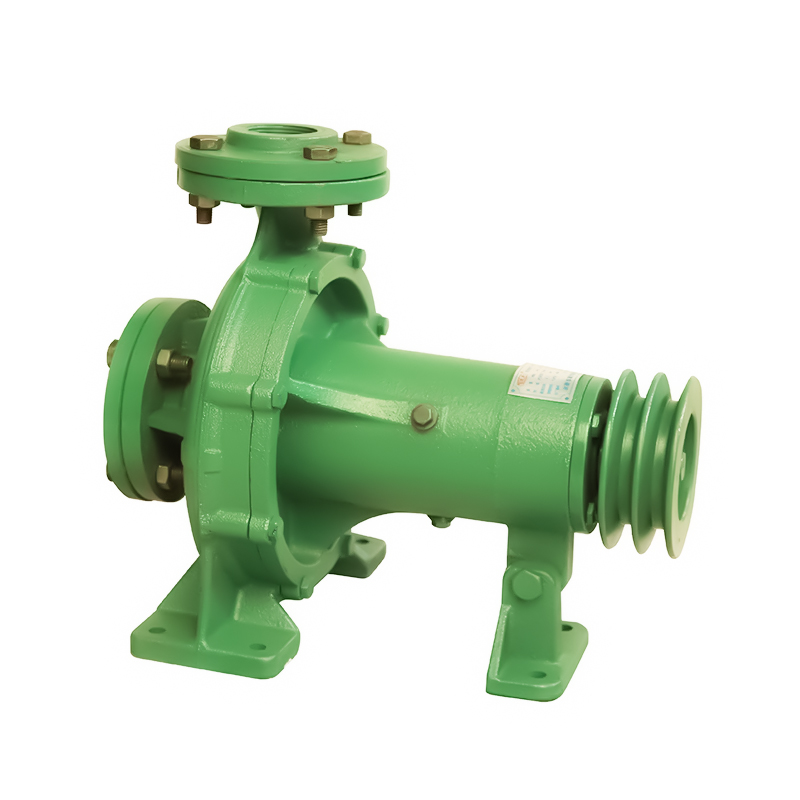

 Email:
Email:
 Phone:+86-13605899207
Phone:+86-13605899207

